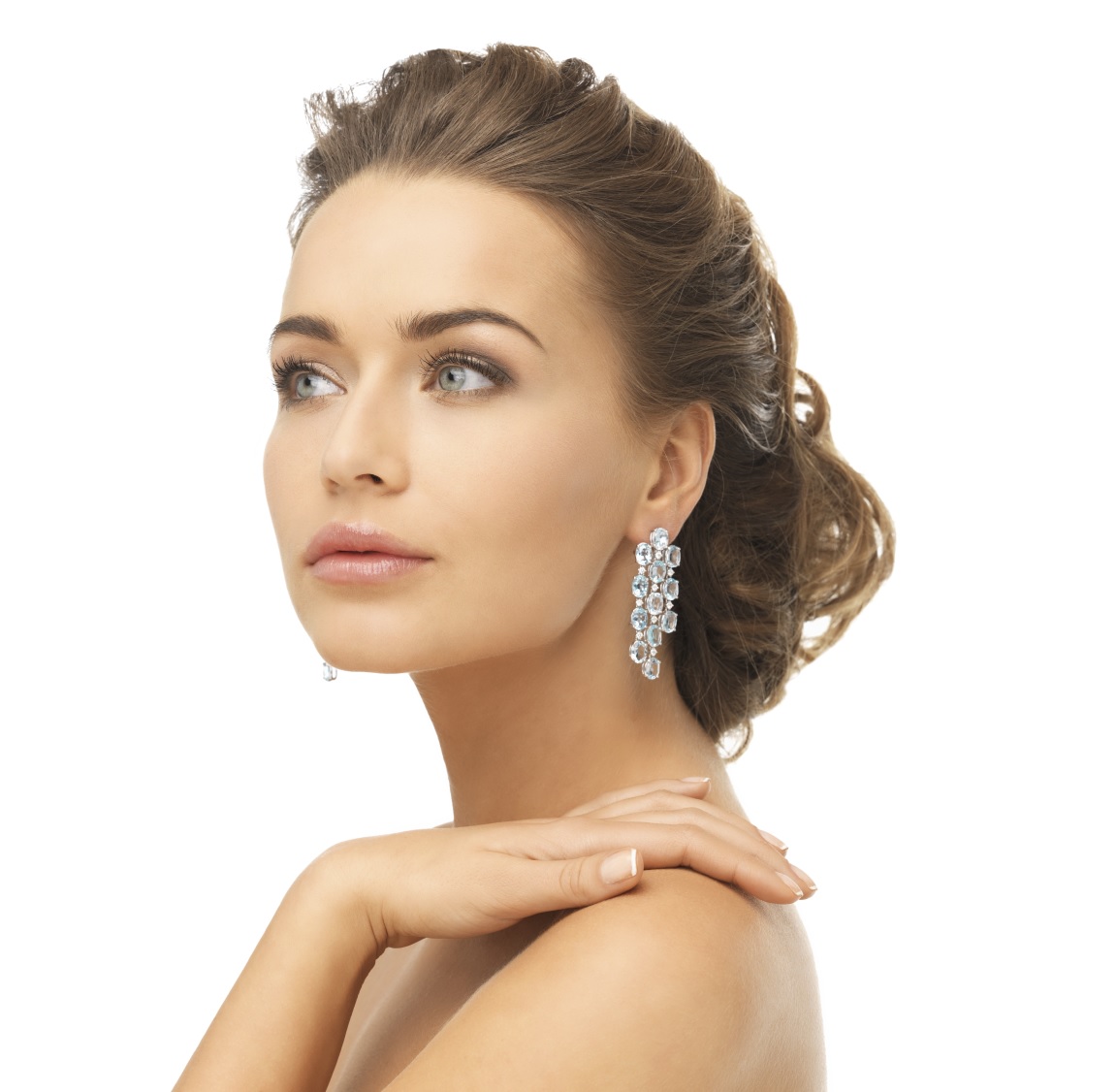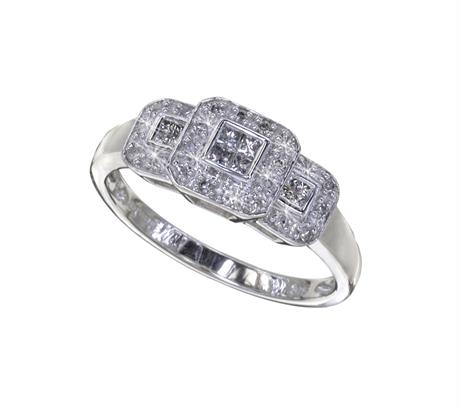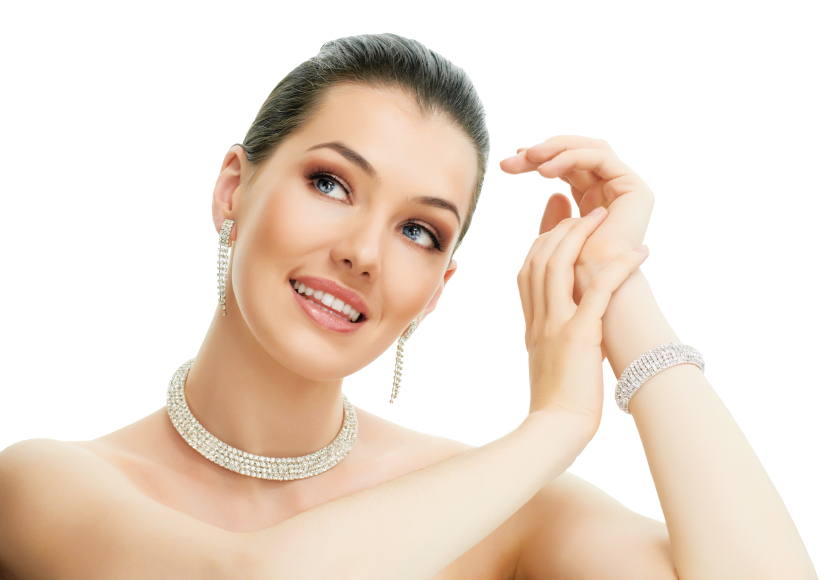
At Boutico we know that you want to get the best for your budget when it comes to buying Diamonds, that’s why we have created a helpful guide providing the essential information you need to know when choosing an item of
Diamond jewellery.
Ethically Sourced Diamonds
Due to the political issues around buying Diamonds, when choosing Diamond jewellery you may prefer to look for ethically sourced Diamonds. At Boutico we use the Kimberley Process to source all our Diamonds. This is a joint government, industry and civil society initiative to stem the flow of conflict Diamonds across the globe. This reduces the risk of corrupt Diamonds also known as ‘blood Diamonds’ from being sold as part of our range.
Considering the 4C’s when choosing diamonds
Whether you are choosing a statement Diamond piece for yourself or a Diamond gift for someone special, it is important you understand what you are looking to buy.
For this we recommend following the 4C’s:
These four factors all contribute to the value of the Diamond and the price of the jewellery.
Diamond Clarity
The clarity refers to the flawlessness of the Diamond and is a large factor in its overall value. When viewed under a 10 power magnification tool, Diamond experts will look for clouds, feathers, pinpoints or any other imperfections such as scratches; if none of these exist on the diamond it is considered to be flawless.
Diamond Colour
Diamonds are mostly known for being colourless, which can indicate the purity of the Diamond and can contribute to the overall value. The measurement of a Diamond’s colour uses a scale like the one below, starting from ‘D’ to ‘SZ’. ‘D’ refers to the colourless diamond without any hints of yellow or brown, making it rarer.
| D |
E |
F |
G |
H |
I |
J |
K |
L |
M |
O |
Q |
R |
SZ |

Alongside this scale you get the rarer coloured Diamonds such as blues, pinks and reds. These vibrant colours are exceptional and often highly sought after.
Diamond Cut
The cut refers to the shape of the Diamond which can complete the overall design of the Diamond jewellery, whether it is in a necklace, pendant or Diamond ring. The cut needs to take into account the proportions of the diamond itself to ensure the pavilion isn’t too deep or shallow. At Boutico, all of our round diamonds are brilliant cut.
Diamond Cut Details
| Round Brilliant |
For a traditional engagement ring, a round brilliant cut shapes the diamond into a cone, rounding off the top, as it twinkles from its many surfaces. |
| Princess Cut |
A contemporary square version of the classic Round Brilliant cut, sparkling from all 4 corners. |
| Emerald Cut |
A rectangular or square outline with chiselled corners, for a truly unique shine. |
| Oval Diamond |
The Oval Diamond has a vintage feel about it, for an elaborate version of the round brilliant diamond |
| Baguette Diamond |
Another rectangular cut Diamond typically paired with a larger stone or cluster of smaller diamonds to create a stunning ring. |
| Pear Diamond |
Popular at Boutico, the Pear Diamond cut is also known as the teardrop and can be found in our necklace, earrings and ring collections, for a stylishly simplistic garnishing. |
| Marquise Diamond |
The Marquise Diamond stands tall and regal in an engagement ring or in a piece of diamond jewellery. Traditionally cut in a pointed oval shape. |
| Heart Diamond |
A heart diamond is simple and classic and worn proudly by the one you love. |
| Radiant Diamond |
Typically square or rectangular in shape, the Radiant Cut Diamond is full of grace and beauty, trimmed with a cluster of diamonds to truly make it shine. |
| Cushion Diamond |
Rectangular or square, the Cushion Diamond differs from the radiant diamond for its rounded corners and larger facets, creating a smoother surface of radiance. |
| Trilliant Diamond |
A dramatic Diamond that can be cut into a pointed triangular shape or more rounded stone. Normally paired with another diamond for a luxury piece of jewellery. |
 Diamond Carat
Diamond Carat
The carat of a Diamond refers to its weight - whether that is the weight of a solo Diamond or the total weight of a cluster of Diamonds. One Diamond carat is split into 100 points. The most popular carats are ½ carat Diamond, 50 point or 0.5 carat Diamond, ¾ carat Diamond, 75 point or 0.75 carat Diamond, and 1.00 carat Diamond, 100 point or 1 carat Diamond. As a general rule, the greater the weight or carat of the Diamond, the more expensive it tends to be. The price tends rise higher than the ratio of the carat so it is often not in proportion for instance a 1 carat diamond is likely to be more than double the price of a 0.5 carat diamond.
Diamond Care
In order to keep your Diamond in sparkling condition, it is advised that you avoid it coming into contact with oils, soaps and cosmetics. Occasional polishing with a soft, dry jewellery cloth will help keep the shine in your Diamond. Avoid wearing your Diamond in situations where it is at risk of receiving knocks.